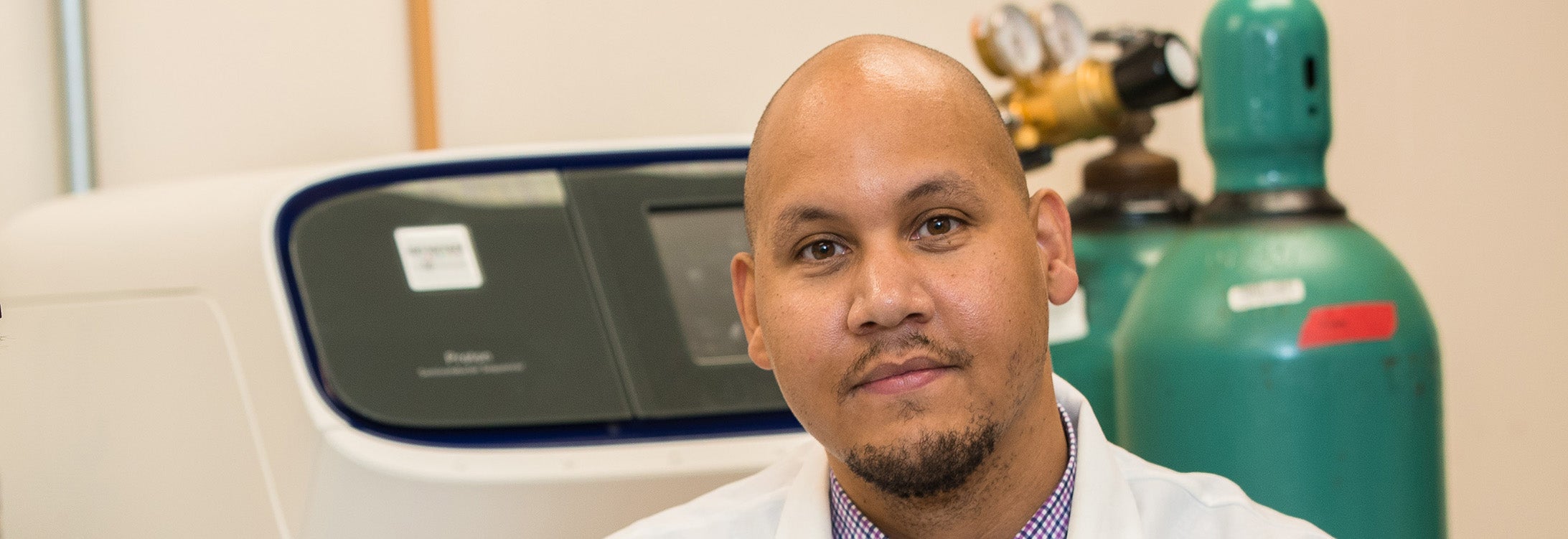Professor studies genetic markers associated with sudden infant death syndrome
Keith Keene, Thomas Harriot College of Arts and Sciences associate dean for research and professor in the Department of Biology, has been looking for answers about sudden infant death syndrome in the form of biomarkers in genes, blood and tissues that may lead to an increased risk of the condition.
“SIDS is the second leading cause of death – closely behind congenital and genetic abnormalities – in infants from 1 month to 1 year of age,” Keene said. “SIDS is the sudden unexpected death of an infant that remains unexplained after autopsy, death scene investigation and review of medical history.”
According to the Centers for Disease Control and Prevention, approximately 1,500 infants in the United States died of SIDS in 2022 despite a significant decline in incidents since the Back to Sleep campaign. The campaign, named for the recommendation to place babies on their backs to sleep (now known as the Safe to Sleep campaign), was launched by the National Institutes of Health in 1994.
In 2020, along with Fern Hauck and Josyf Mychalecky of the University of Virginia, Keene and his team received a four-year, $2.3 million NIH/National Institute of Child Health and Human Development grant to continue research into the cause of SIDS. The project, which moves the research field away from environmental factors, was extended through the summer.
The goal of their study – one of only a handful looking at SIDS and the largest research study of its kind – is to evaluate genetic expression and identify DNA methylation (which prevents genes from being switched on) and metabolomics (metabolites) profiles that might serve as biomarkers in infants at greater risk of death from SIDS.
“I think this underscores the complex biological nature of SIDS. Many key biological pathways and processes are important, or have potential implications, for SIDS,” Keene said. “It is also important to understand that there are many potential subtypes of SIDS. Some infants may die of SIDS because of brain or cardiac issues; others it may be respiratory issues or it could be a combination of all three.”
Through their study, the researchers examined liver, heart and blood samples from approximately 300 cases of SIDS.
Earlier this year, the team published its first paper, “Metabolomic profiles of infants classified as sudden infant death syndrome: A case-control analysis,” in the journal eBioMedicine. It identified 35 biomarkers in an infant’s blood that may be important biomarkers for SIDS.
“I think there is nothing worse than losing a child,” he said. “So if we can find ways to either identify high-risk infants or prevent SIDS altogether, that will not only save lives but contribute to the reduction of the emotional impact that losing a child can have on a family.”
